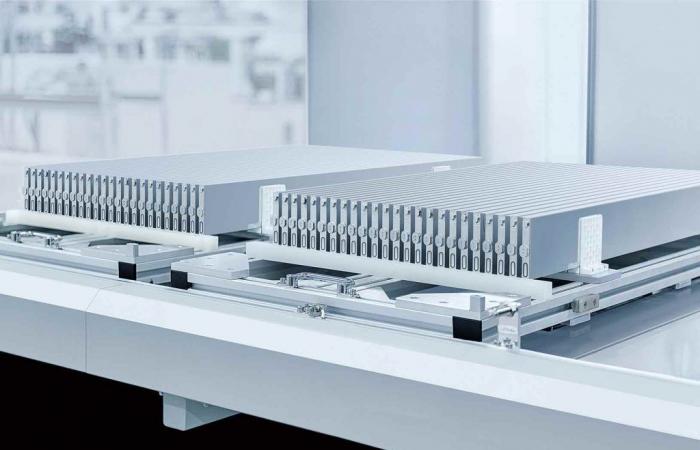CATL and BYD, Chinese specialists in batteries for electric cars, announce the launch of a very promising technology. The two rivals plan to market a battery reaching a charging speed of 6C, which can be filled in just 10 minutes.
Charging still remains a sometimes problematic subject for motorists, which can sometimes even dissuade them from taking the electric plunge. Even if things continue to improve and innovations rain down in the field. And in fact, the two giants of the sector promise a 6C charging speed.
Ultra-fast charging
And this is thanks in particular to manufacturers and equipment manufacturers, who are constantly developing new technologies with two main objectives: increase autonomy and reduce charging time.
We think, for example, of CATL, which offers a revolutionary battery called Qilin CTP 3.0, which allows you to travel approximately 1,000 kilometers on a single charge, and which theoretically fills in less than 10 minutes. The latter teams in particular the Zeekr 001 and 009. But that’s not all.
Indeed, another company has also joined the battle. This is BYD, which developed its Blade battery using LFP (lithium – iron – phosphate) technology. Recently awarded, the latter equips all models in the range, including the new Seal U recently tested by us, as well as the Yangwang U8. But the two Chinese giants want to go even further, as indicated by the specialized site Car News China. The latter explains that the two firms will each launch new, even more promising batteries.
BYD, whose cutting-edge technologies we were able to discover, is preparing the launch of its Blade 2.0. The latter will normally arrive by the second half of the year. At the same time, CATL is working on the launch of the new version of its Qilinwhich uses the same chemistry, as well as theCTP (cell-to-pack) architecture. Which means that the cells are directly integrated into the chassis. This saves space, but also poses some problems in the event of an accident, even after a very slight collision.
Here again, this accumulator should see the light of day by the end of the year, but we do not yet know on which model. It is likely that Zeekr will benefit from this, but nothing is certain yet. Regardless, these two competing batteries have a major advantage, which should allow them to stand out from others on the market. This is their charging power, or more precisely that which they are able to withstand.
What is 6C charging speed?
And for good reason, the two packs display a power of 6C, which is currently a world record for a mass-produced battery. But what is it really about?
In fact, this number corresponds to the maximum power that can be received by the battery. That is to say, a battery with a capacity of 50 kWh charging at 6C can collect up to six times its capacity, or around 300 kW. A 100 kW pack can then reach 600 kW, which is simply enormous.
With a charge at 6C, a battery can theoretically be filled from 10 to 80% in less than 10 minutes on a fast direct current terminal. The number in front of the C also corresponds to the number of times the battery can be fully charged in one hour. 6C therefore means six times, or approximately 10 minutes. For comparison, a 5C battery can be recharged “only” five times, and requires approximately 12 minutes to be completely filled.

But an obstacle still stands: we still need to find a terminal capable of delivering sufficient power to recharge this battery! This is, for example, the case of the one unveiled by Huawei in February, capable of reaching 600 kW. For its part, the Chinese manufacturer Li Auto plans to deploy its terminals designed to reach 5C, which is already very high. In France, the maximum power is currently 360 kW at Lidl, but other operators should arrive soon.








